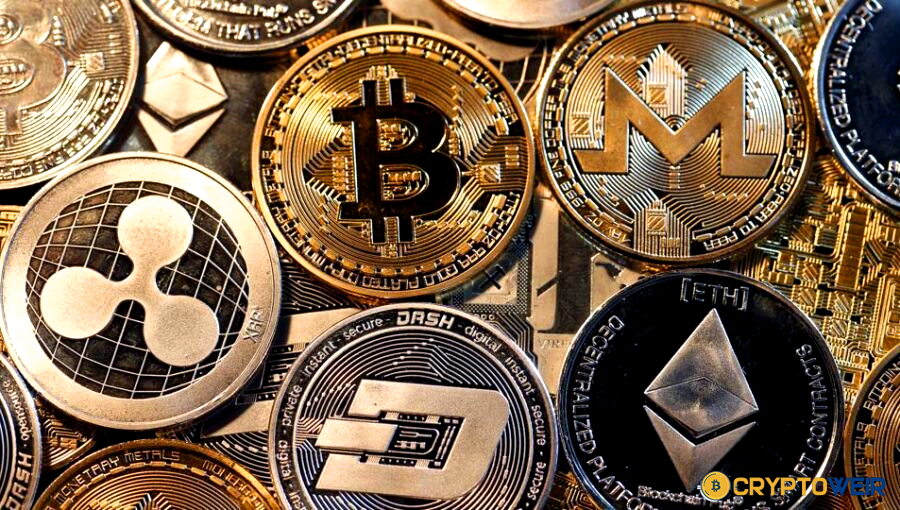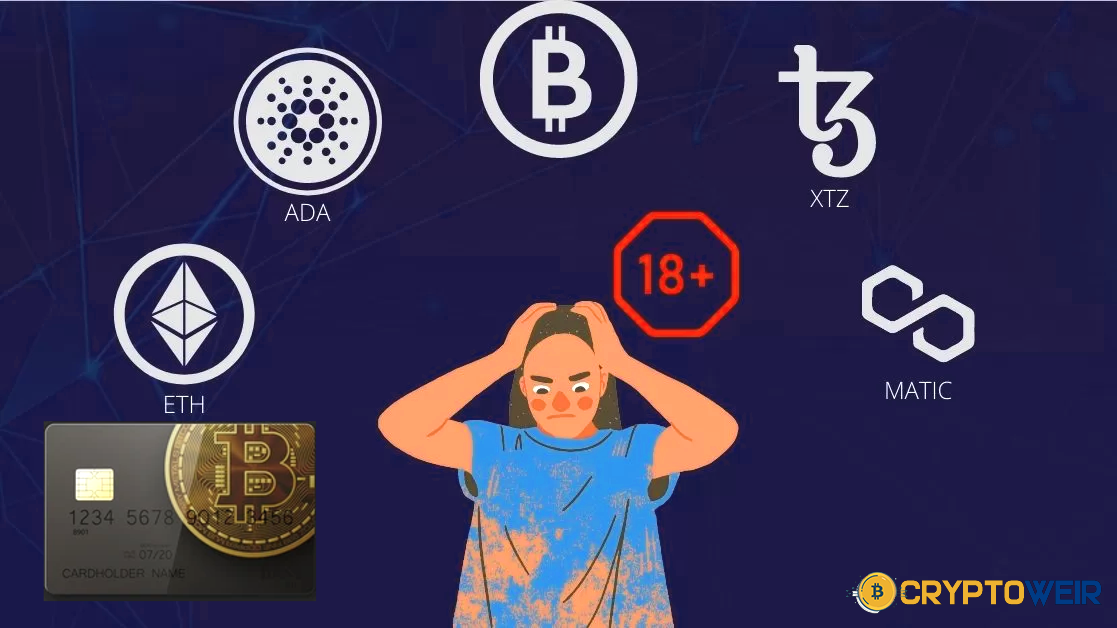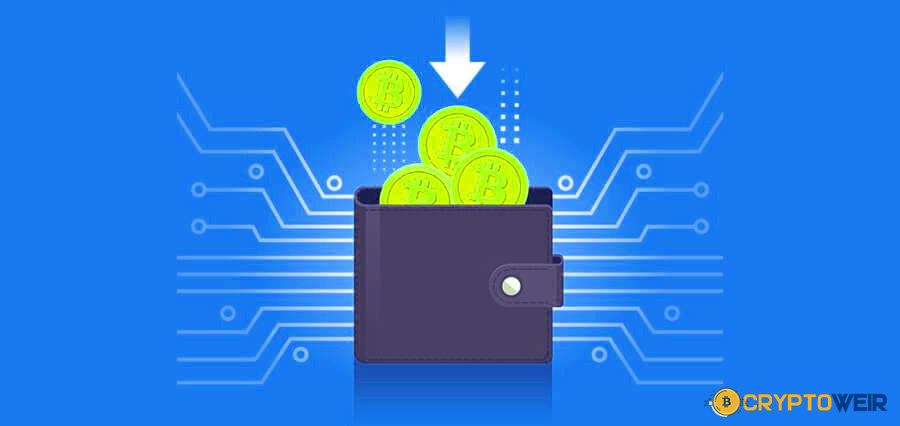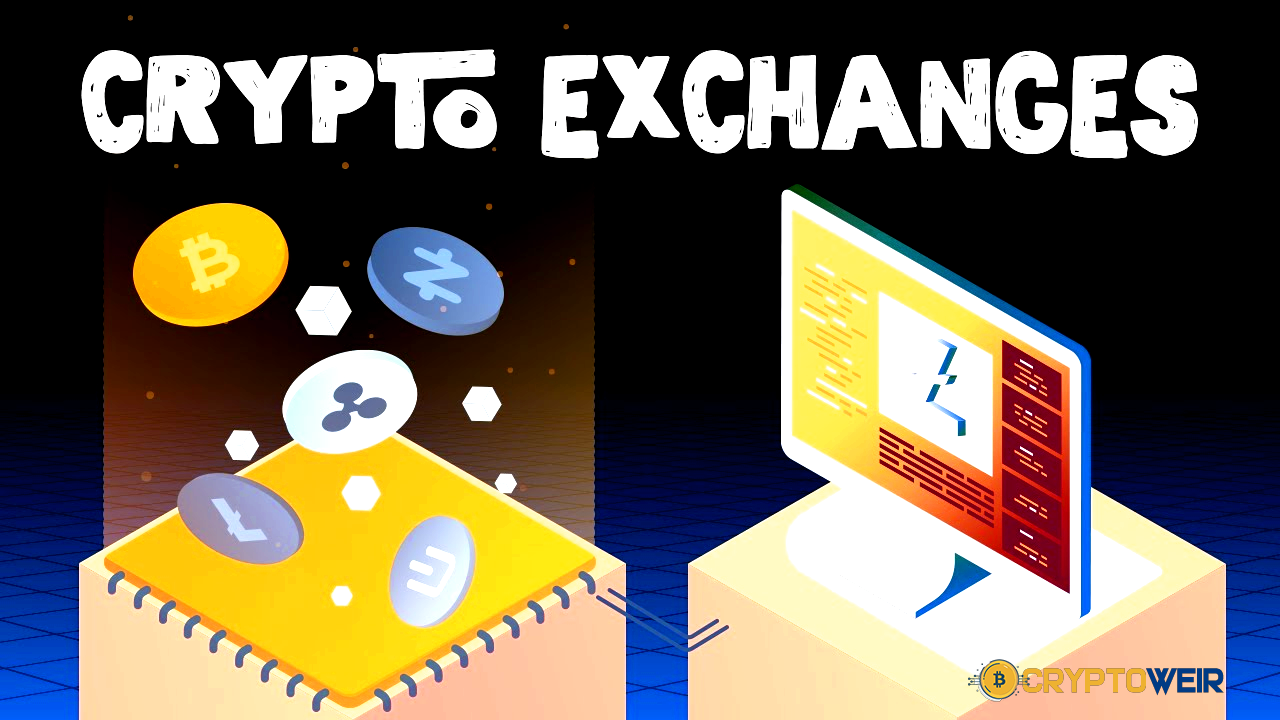3 Top Most Popular Crypto Services in 2025
3 most popular crypto services in 2025—who they suit, standout features, and key updates—so you can trade, invest, and build with confidence.

Crypto services—from exchanges to wallets to on-chain gateways—can make the difference between a smooth experience and endless friction. The best platforms today don’t just execute trades; they offer fiat onramps, self-custody options, staking and earn products, integrated Web3 tools, and institutional-grade features. In this guide, we break down the three most popular crypto services in 2025 and explain, in plain language, why they dominate, what’s new this year, and how to use each one safely. We’ll also weave in related phrases like digital asset trading, non-custodial wallets, on-chain swaps, and decentralized finance to give you the most complete picture without the heavy jargon.
Before we dive in, remember that popularity isn’t only about social buzz. It’s reflected in hard numbers such as trading volume, market share, user growth, and developer traction. This year, three names consistently rise to the top across those measures: Binance, Coinbase, and MetaMask. Together, they represent the core pillars of modern crypto services—global liquidity, regulated access and on-ramps, and self-custody with seamless Web3 connectivity. Binance continues to lead centralized exchange volume; Coinbase pushes deeper into derivatives and its Base network; MetaMask remains the go-to non-custodial wallet for Web3, DeFi, and NFTs.
In 2025, the macro picture matters. Liquidity and compliance shape centralized venues; interoperability and user experience shape wallets; and builders care about developer primitives and on-chain cost. Binance captures the lion’s share of spot volume worldwide, giving traders deep liquidity. Coinbase pairs broad retail access with a rising institutional stack and the Base layer-2 ecosystem. MetaMask, finally, has become the everyday passport to Web3, with tens of millions of active users and growing multi-chain support. This trifecta covers most user journeys: buying your first Bitcoin with fiat, trading altcoins with tight spreads, bridging assets to an L2, connecting a non-custodial wallet to a dApp, or swapping on a DEX.
Binance: unmatched liquidity and global market depth
As of mid-2025, Binance remains the largest centralized exchange by trading volume, with third-party research placing its market share near 40% and monthly spot volume surging during active periods. That dominance isn’t just a bragging point; it directly affects your experience as a trader. High liquidity typically means tighter spreads, deeper order books, and better execution for both retail and institutional flows. In April 2025, Binance reported about $2.2 trillion in spot volume for Q1, while independent trackers in August showed Binance with ~39.8% CEX market share and nearly $700 billion in July spot volume, underscoring its continued lead.
What sets Binance apart in 2025
The big story is resilience and scale. With hundreds of listed pairs, competitive fees, and robust market infrastructure, Binance’s order books are often the first stop for price discovery in digital assets. Strategic capital events in 2025, including a multibillion-dollar investment from MGX, signaled renewed institutional confidence and ambition to expand global reach, even as the industry’s regulatory landscape evolves. For everyday users, that translates into a platform that keeps listing new assets, supports advanced order types, and maintains feature velocity across spot, futures, and earn products.
Who Binance is best for: Most Popular Crypto Services
If your priority is deep liquidity and you’re comfortable with a global platform, Binance is compelling. High-frequency traders appreciate the breadth of markets and derivatives rails, while long-term investors benefit from simple crypto services like recurring buys and staking. Power users can route through APIs and institutional accounts; casual users can keep it straightforward with spot trades and fiat deposits. The breadth of its ecosystem—education, launchpads, and a wide asset roster—means you can scale your strategy without changing platforms mid-journey.
Key considerations and best practices
Popularity doesn’t absolve you from good operational security. Always enable hardware-backed two-factor authentication, use withdrawal allowlists, and segment funds. Regulations vary by region; check local access rules and tax obligations. If you plan to interact with DeFi, consider withdrawing to a non-custodial wallet for smart-contract usage while keeping trading funds on the exchange. This hybrid approach—centralized for liquidity, self-custody for Web3—has become a common best practice among 2025 users.
Coinbase: regulated access meets Base and derivatives ambition
Coinbase is thought to be one of the best places to start with cryptocurrency. For Coinbase’s primary service, the interface is quick and easy to use. It supports many cryptocurrencies, including Bitcoin, Ethereum, Litecoin, and more than 30 other coins and tokens. Coinbase is a public cryptocurrency exchange worth more than $36 billion. Coinbase has long been synonymous with a clean on-ramp for U.S. users, but 2025 marks an expansionary phase. The company agreed to acquire
Deribit for $2.9 billion, a landmark deal that would fold the market-leading crypto options venue into Coinbase’s institutional stack pending approvals. The move aims to unify spot, futures, and options under one brand, streamlining access for funds and sophisticated traders who want regulated custody and advanced instruments on a familiar platform.
What’s new on Coinbase in 2025
Beyond the headline M&A, Coinbase is pushing hard on its Base network—an Ethereum layer-2 that’s become a lively hub for consumer dApps and creator tools. September’s Basecamp announcements teased a potential native token exploration, a bridge to Solana, and stronger creator payouts in the Base app. And on listings, Coinbase introduced “The Blue Carpet,” a revamped, more transparent issuer-facing process, while also surprising markets by adding BNB to its listing roadmap—an unusual nod to a competitor’s ecosystem and a signal that users want broad access from a single account.
Why Coinbase remains a top crypto service
For many, the value proposition is clarity and compliance. U.S. investors and many institutions prefer a public-company exchange with deep disclosures, audited financials, and established custody rails. The app experience is polished, fiat transfers are straightforward, and tax tools reduce administrative friction. Add the growing Base ecosystem—plus potential options access through the Deribit acquisition—and Coinbase becomes a one-stop shop for digital asset trading, on-chain activity, and portfolio management under a regulated umbrella.
Practical tips for using Coinbase
Start with identity verification, link a trusted bank method, and segment activity between “exchange” and “on-chain” profiles. If you plan to mint NFTs or use DeFi, try the Coinbase Wallet or connect a separate non-custodial wallet to Base. For advanced traders, explore Pro-style interfaces and, once available post-deal close, consider how options can hedge spot positions. Always understand fees for buys, sells, and bridges, and watch for new asset support via the public listing pipeline.
MetaMask: the non-custodial wallet that powers Web3
If centralized exchanges are the on-ramp, MetaMask is the vehicle millions use to drive around Web3. In mid-2025, estimates place MetaMask’s monthly active users around 30 million, reflecting ongoing demand for a simple, reliable non-custodial wallet that works across multiple chains and dApps. The wallet’s more recent additions—like social login and broader multi-chain support—have reduced onboarding friction while keeping private keys in the user’s hands. That combination of ease and sovereignty is why MetaMask remains the first extension many people install after they buy crypto.
What’s new in MetaMask for 2025
MetaMask has moved steadily from “just a wallet” to a crypto service hub. Built-in swaps aggregate DEX liquidity, generating meaningful revenue over time; support now spans double-digit blockchains, including newer networks like Sei; and UX features such as social login have reportedly cut drop-off during setup. For users, the benefit is fewer tabs, fewer bridges, and a single interface that can sign transactions across DeFi, NFTs, gaming, and payments. For developers, the wallet is often the default assumption when designing onboarding flows and request signatures.
Who MetaMask is best for
Choose MetaMask if you want self-custody and plan to interact with dApps. It’s ideal for DeFi power users, NFT collectors, DAO voters, and anyone who prefers to hold keys personally. If you use Coinbase or Binance to buy assets, you can transfer to MetaMask for on-chain activity like staking, liquidity provision, lending, or DEX swaps. Because the wallet connects directly to smart contracts, it also complements emerging L2s like Base and popular DEX ecosystems such as Uniswap, where daily volumes in 2025 often range from $1–2 billion, and total yearly throughput has been climbing toward trillion-level milestones.
Safety, settings, and smart habits
Self-custody means full responsibility. Write down your seed phrase offline, consider a hardware wallet integration, and double-check contract permissions. Treat every signature request as irreversible; read the domain, contract address, and function prompts slowly. Use separate wallets for experimenting, and periodically revoke old approvals. MetaMask’s popularity makes it a target for phishing—bookmark official links and never share your seed or private key with anyone, anywhere.
How to choose among the top crypto services in 2025
The right mix depends on your goals. If you’re primarily trading majors and want best-in-class liquidity, Binance remains the heavyweight choice. If you prefer a regulated environment, fiat convenience, and an integrated path into derivatives and Base, Coinbase is strong. If your priority is on-chain interaction, non-custodial control, and composability, MetaMask is the natural anchor. Many users combine all three: buy on a regulated exchange, arbitrage or hedge on a high-liquidity venue, then self-custody to a wallet for DeFi and NFTs.
One reason this blend works in 2025 is that the broader market is maturing. Blue-chip assets have reclaimed all-time highs, options interest is expanding, and L2 ecosystems are blossoming. As the infrastructure professionalizes, the top crypto services are moving in step—competing on transparency, UX, and safety. Coinbase’s issuer-facing “Blue Carpet” and unexpected BNB roadmap addition, Binance’s volume leadership backed by new strategic capital, and MetaMask’s steady multi-chain improvements all indicate a market converging on user needs rather than tribalism.
Advanced use cases that are trending this year
Hedging with options while staying long
With Coinbase bidding to bring Deribit under its umbrella, options strategies are getting friendlier to a wider audience. Long-term holders can sell covered calls for yield or buy protective puts around events without leaving the compliance comfort zone. When paired with on-chain strategies—like parking a portion of ETH on Base and deploying in DeFi—investors can construct diversified exposures across centralized and decentralized rails.
On-chain creator tools and social tokens
Base’s ecosystem has leaned into consumer and creator experiences, and the promise of a bridge to Solana could widen the addressable base for cross-chain creators. That matters because creators are increasingly minting collectibles, gating content with tokens, and using programmable payout rails. Having a regulated on-ramp (Coinbase), deep liquidity (Binance), and a universal wallet (MetaMask) makes these experiments practical for non-technical users.
DeFi liquidity and DEX innovation
Uniswap’s cadence this year—v4 hooks, singleton architecture, and meaningful daily volume—illustrates the ongoing shift of liquidity on-chain. MetaMask’s DEX aggregation rides that wave, and exchange bridges are getting cheaper and safer. For users, this means more flexibility to source the best prices, set limit-like behavior via hooks, and manage slippage without leaving their wallet. It’s the clearest example of centralized and decentralized crypto services reinforcing each other rather than competing in a zero-sum way.
Getting started: a simple, safe workflow
Open accounts on both Coinbase and Binance to compare fiat on-ramp fees and asset coverage in your region. Fund a small amount, make a test purchase, and try a limit order to feel the mechanics. Once comfortable, set up MetaMask, secure the seed, and send a nominal transaction from your exchange to the wallet address you control. From there, connect to trusted dApps on Base or a leading DEX. Keep records for taxes. Over time, decide how much you want to keep custodial versus non-custodial. If your activity gets sophisticated, layer in options for risk management as Coinbase’s Deribit acquisition closes and products roll out under one roof.
The bottom line on the top crypto services in 2025
Crypto in 2025 is less about hype and more about utility. The platforms winning are those that blend scale with safety and flexibility: Binance’s unmatched market depth, Coinbase’s regulated on-ramp plus derivatives and Base ecosystem, and MetaMask’s non-custodial access across chains. Together, they anchor the experiences most users want: easy buying, fast trading, secure holding, and open access to Web3. As always, do your own research, start small, and build habits that protect your capital as much as your upside. The best crypto services don’t just help you make a trade; they help you build a sustainable, long-term strategy.
FAQs
Q: What makes a crypto service “popular” rather than just “good”?
Popularity blends quantitative signals—like trading volume, market share, user growth, and multi-chain activity—with qualitative ones such as UX and brand trust. In 2025, Binance leads volumes globally, Coinbase is scaling regulated access and derivatives, and MetaMask remains the default Web3 wallet for tens of millions, which is why they top the list.
Q: Is it overkill to use both Binance and Coinbase?
Not necessarily. Many traders keep both to compare fees, asset coverage, and liquidity. Coinbase offers a polished fiat on-ramp and regulated framework, while Binance provides deep global order books—having both can improve execution and flexibility.
Q: Do I need MetaMask if I only want to buy and hold?
If you’re strictly buying long-term and prefer custodial simplicity, an exchange account may suffice. But MetaMask gives you self-custody and access to DeFi, NFTs, and dApps. With ~30 million active users and growing multi-chain support, it’s a powerful upgrade path even if you start custodial.
Q: What’s the significance of Coinbase exploring a Base token and acquiring Deribit?
A Base token would be a major ecosystem accelerant if it materializes, and the Deribit deal (pending approvals) would fold premier options liquidity into Coinbase’s institutional stack—together, they could reshape how retail and pros access on-chain apps and derivatives from one account.
Q: How does DEX volume compare to CEX volume in 2025?
CEXs like Binance still command the largest share of trading, but DEXs such as Uniswap routinely process $1–2 billion daily and are trending higher, thanks to innovations like Uniswap v4 hooks and cheaper L2s. Many users blend both: CEX for fiat access and depth, DEX for permissionless swaps and composability
Also Read: https://cryptoweir.com/8-best-ways-to-earn-crypto-in-2025/











